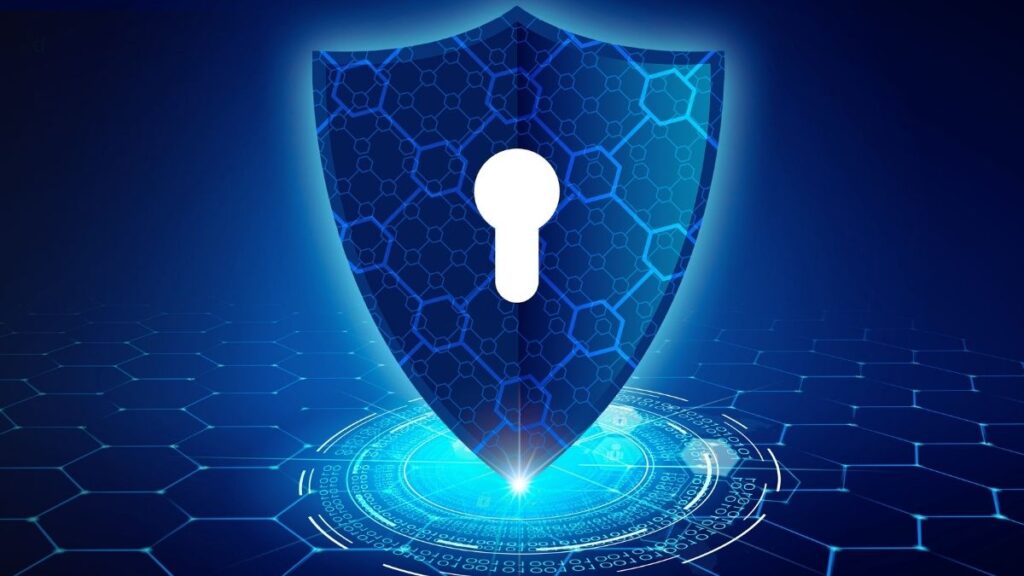In a startling revelation that has shaken the cybersecurity world, researchers have uncovered what is believed to be the largest-ever data breach, with over 16 billion passwords and login credentials leaked online.
The massive exposure was uncovered by a dedicated team at Cybernews, a top cybersecurity platform known for its investigative reporting and real-time threat intelligence. Leading the investigation, Vilius Petkauskas and his team discovered 30 separate data dumps that collectively comprise this staggering volume of compromised information.
What Caused the Breach?
This isn’t the work of a single hack. Instead, the leak appears to stem from a series of infostealer malware attacks stealthy malicious programs that secretly harvest login credentials, cookies, and personal data from infected devices. Over time, the stolen data seems to have accumulated across multiple threat actor forums and marketplaces.
According to the researchers, many of the records seem to be pulled from previous breaches but repackaged and redistributed as fresh dumps, making them extremely dangerous for unsuspecting users and organizations.
Why This Matters to You
Even if you haven’t noticed suspicious activity, there’s a chance your credentials could be among the 16 billion records floating around in dark corners of the internet. A breach of this scale puts:
- Email accounts
- Social media profiles
- Banking and e-commerce logins
- Workplace credentials
…all at risk of being exploited.
What Should You Do?
Here’s how to stay safe:
- Change your passwords immediately, especially on frequently used accounts.
- Enable two-factor authentication (2FA) wherever possible.
- Use a trusted password manager to generate and store secure credentials.
- Regularly check whether your data has been exposed on services like Have I Been Pwned.
Expert Insights
Cybernews warns that this type of breach is a stark reminder of how widespread and persistent cyber threats have become. “The scale shows we’re dealing with a systemic issue,” said one researcher, “and users must take a proactive role in defending their digital lives.”
Disclaimer:- This article is based on publicly reported information and cybersecurity research for educational and informational purposes only. Always verify through official sources and consult cybersecurity professionals for personal or organizational protection.
